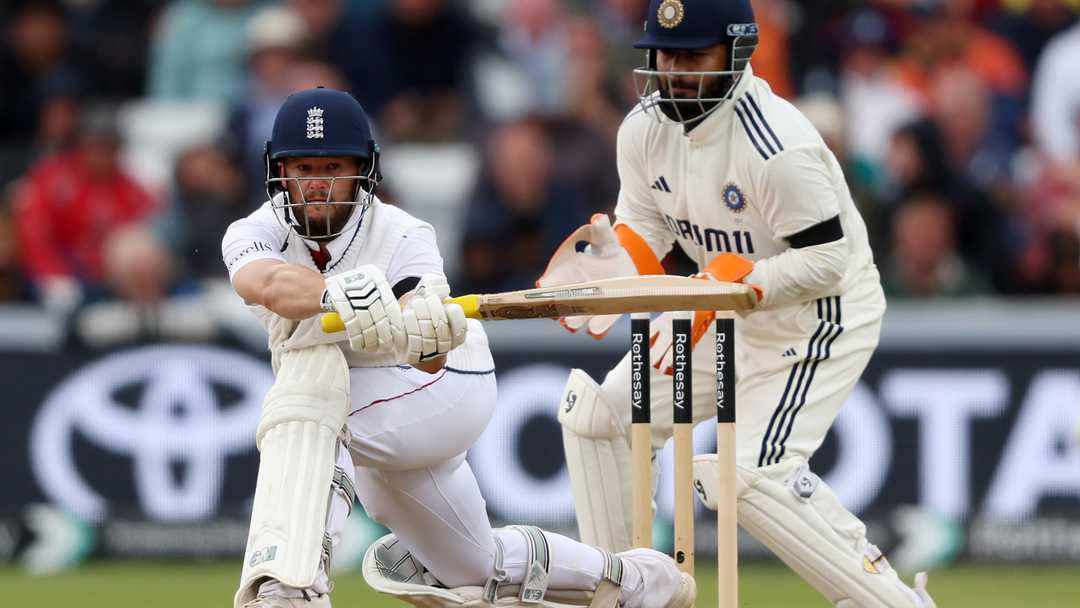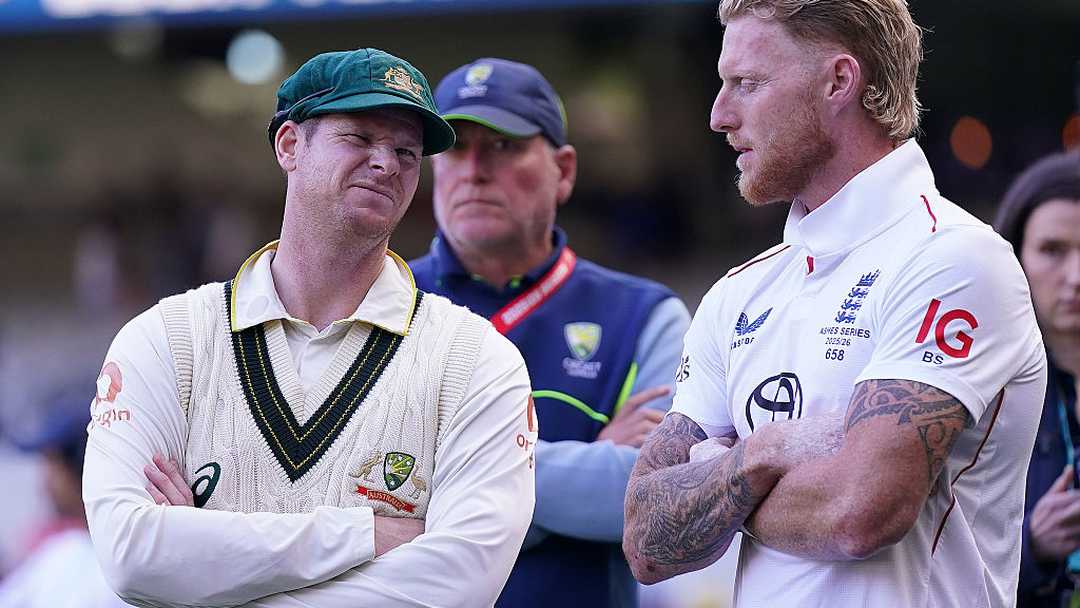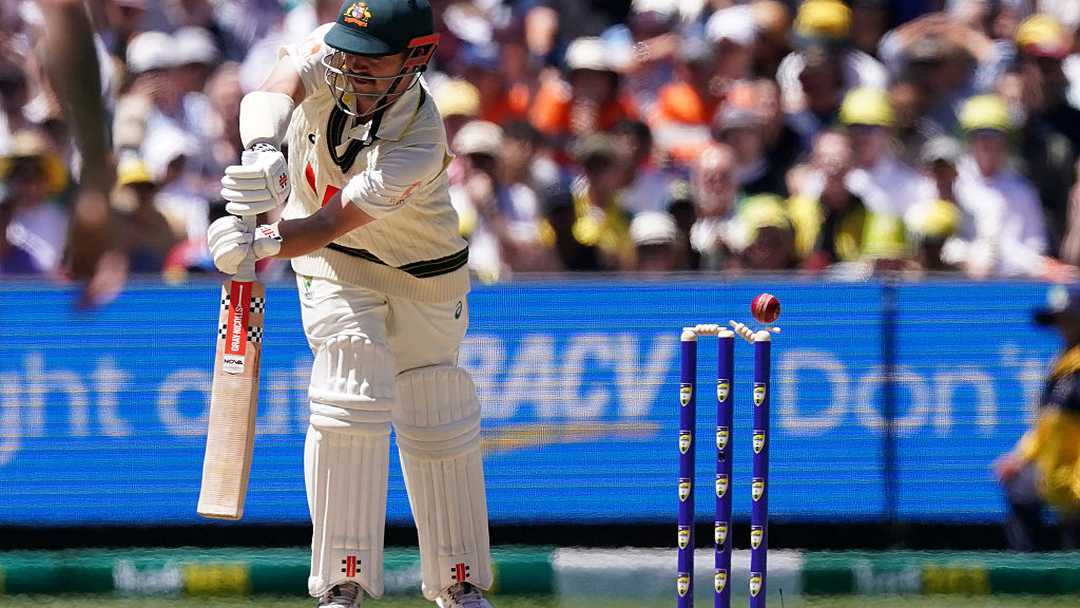
Reverse Engineered: How Duckett Became a Sweeping Success
===============
Ravindra Jadeja and Shubman Gill huddled briefly, then set an interesting plan in motion on the fifth day at Headingley. They took mid-off out and pushed him to a deep-ish cover. Deep point, short third, and a lone slip made up a hollowed-out off-side. A push past Jadeja and there was four to be had. India were gambling on the trade-off, baiting Ben Duckett into driving against the spin from the rough.
Ben Duckett's mastery of the reverse sweep has been a key factor in his success. He has now carved out 45 runs off 20 balls against Jadeja using that very shot, never once losing his wicket.
Duckett's reverse sweep is ingrained deep in his system, and he has used it to devastating effect in his Test career. He has a sweep-shot percentage of 21.9% against spin, ranking third among 138 players with 300+ runs against spin.
The reverse sweep is Duckett's answer to what a forward defence might be for others. It allows him to manipulate strike and hit boundaries, and has become a key escape hatch at a formative age.
Duckett's shorter stature has helped him develop a unique school of sweep, which is different from a taller and proficient sweeper like Matthew Hayden. His parallel bat and trigger movement give him the best of both worlds, allowing him to hit the ball behind square or in front of it.
The numbers validate Duckett's dexterity. In the last three years, he has hit 98 runs with reverse sweeps behind square and 61 in front of it. Add in all the runs he scores on the legside, and you see an all-round attacker of spin.
For Duckett, the sweep isn't just a release shot, it's a statement of control. It neutralises turn, toys with fields, and forces bowlers off their lines. Over the years, it has evolved from a schoolboy instinct to a defining weapon, one that has helped him carve out a unique space in England's new-age batting order.



